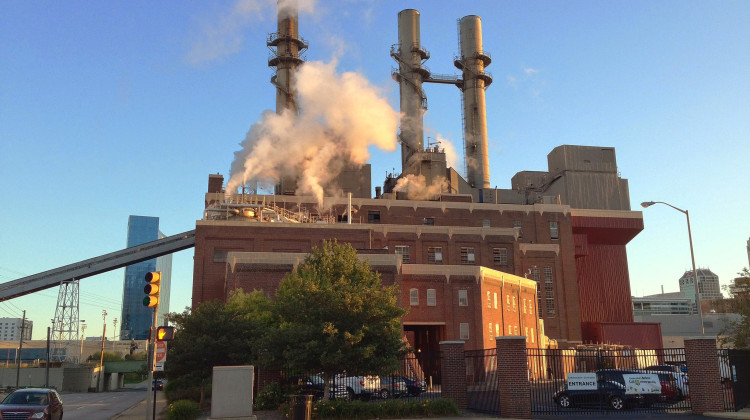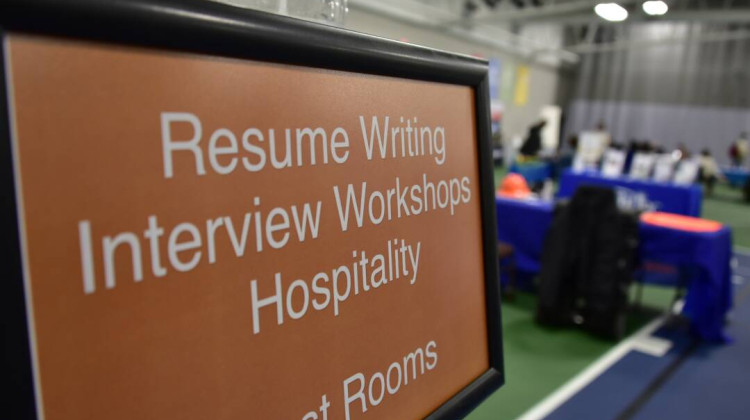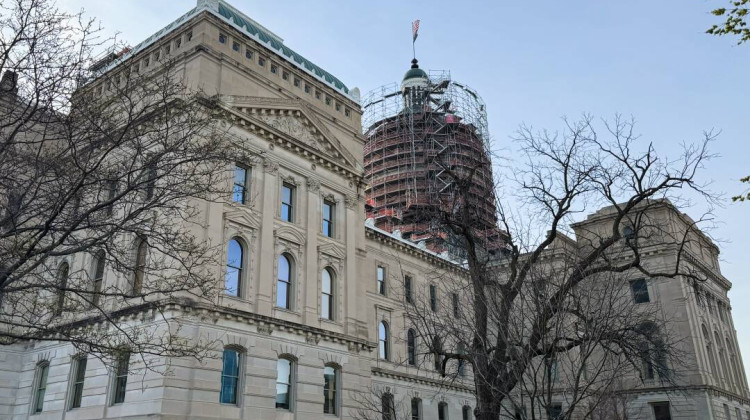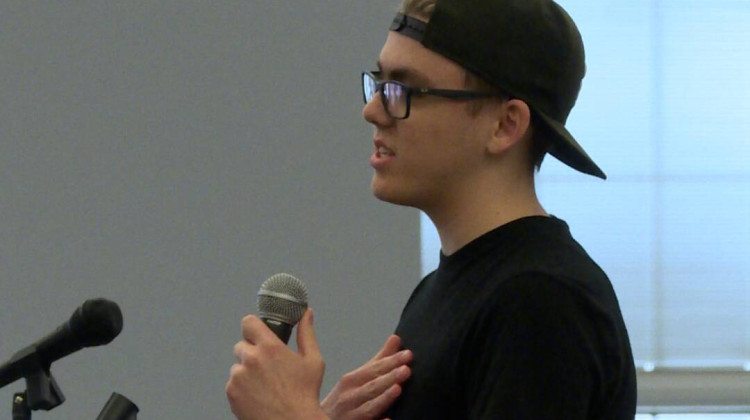
Indianapolis is among one of the worst cities in the country for particle pollution, according to a recent report from the American Lung Association.
Ludo Raedts/Wikimedia CommonsIndianapolis is among one of the worst cities in the country for particle pollution, according to a recent report from the American Lung Association.
Particle pollution refers to a mix of solid and liquid droplets in the air – from things like burning stoves or smokestacks – which are harmful to breathe in.
The 2023 “State of the Air” report from the American Lung Association ranked Indianapolis-Carmel-Muncie as the 10th most polluted city for year-round particle pollution. The city was ranked 13th last year.
Tiffany Nichols is the Indiana advocacy director for the American Lung Association. She said Marion County received an “F” in the organization’s State of the Air report for particle pollution, meaning people may experience new or worsening lung issues due to air quality.
“There will be more wheezing and coughing, shortness of breath, asthma attacks may be exacerbated, worsening of COPD, lung cancer,” she said. “Some other less common things are premature death. Heart attack and stroke and more susceptibility to infections.”
Nichols said Indiana’s industry-heavy workforce likely contributes to higher rates of particle pollution.
“We have a large number of manufacturing plants,” she said. “We are a manufacturing state and we are car drivers in Indiana and most of us own vehicles. We don't necessarily rely on public transportation.”
She said high vehicular traffic also contributes to high ozone levels in the area.
“So, people are probably more familiar with the name smog,” Nichols said. “Smog is what comes from tailpipes and again, we are heavy car drivers. Many of us have more than one car in our home.”
She said things like smokestacks and factories also contribute to these high ozone levels.
This year’s report showed Indianapolis ranked as the 65th most polluted city for ozone pollution, which is an improvement from 48th in last year’s report.
Join the conversation and sign up for the Indiana Two-Way. Text "Indiana" to 73224. Your comments and questions in response to our weekly text help us find the answers you need on statewide issues.
She said much of this pollution often disproportionately affects Black, Indigenous and other people of color.
“Usually, our minorities are clustered in major cities,” Nichols said. “For instance, here in Indianapolis, we have what's called the crossroads of America, where we have several different, or major, highways that run directly through Indianapolis. And those highways are situated in neighborhoods that had traditionally been African American neighborhoods. So those people are more likely to be affected by the combustion coming from engines.”
The report also shows that of nearly 120 million people that live in areas with unhealthy air quality, people of color are disproportionately affected at a rate of 54 percent, which is about 64 million people across the nation.
Nichols said Hoosiers can help ease particle pollution by taking public transportation more and biking or walking rather than driving cars. However, she said Indiana needs a “better public transportation system” as well.
She said local governments can also purchase zero-emission fleet vehicles to help lower particle pollution numbers. She said schools can do their part as well.
“I would like to see more schools adopt electric vehicles in their fleet – electric school buses,” Nichols said.
Nichols said the American Lung Association is also working to get the federal government to help ease unhealthy air.
Violet is our daily news reporter. Contact her at vcomberwilen@wfyi.org or follow her on Twitter at @ComberWilen.
9(MDAyMzk1MzA4MDE2MjY3OTY1MjM5ZDJjYQ000))
 DONATE
DONATE






 Support WFYI. We can't do it without you.
Support WFYI. We can't do it without you.